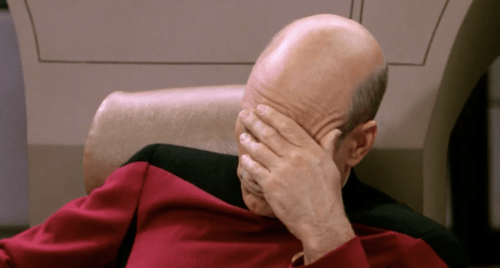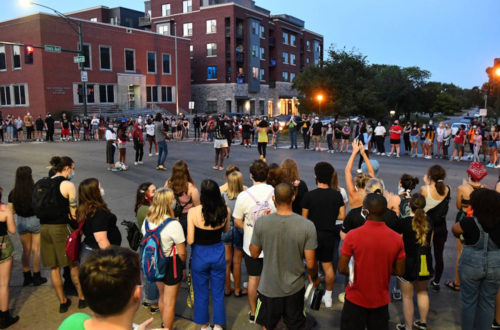OK, so one weird thing about leftist blogging? People often ask some version of the old question, ‘what’s your ideology?’
With liberals, this means asking whether you’re a Democrat or [insulting term for the sectarian leftist group liberals are upset about today]. But I’m not going to spend much time on that.
I want to talk about the version leftists ask. Leftists might ask whether you’re an anarchist. Or a communist and/or Marxist-Leninist, Marxist-Leninist-Maoist, or Trotskyist. Or anarcho communist. And so on.




